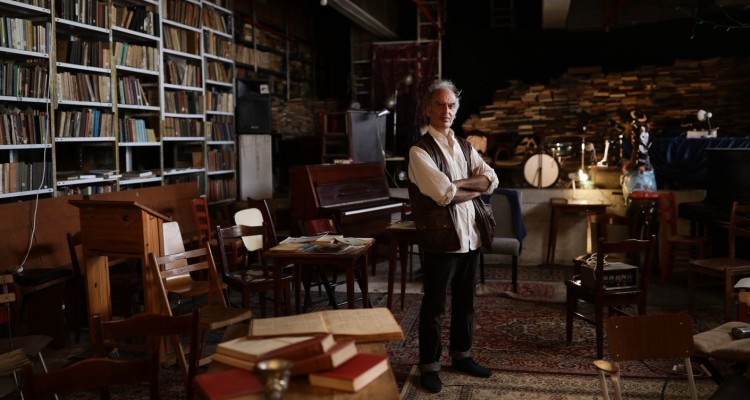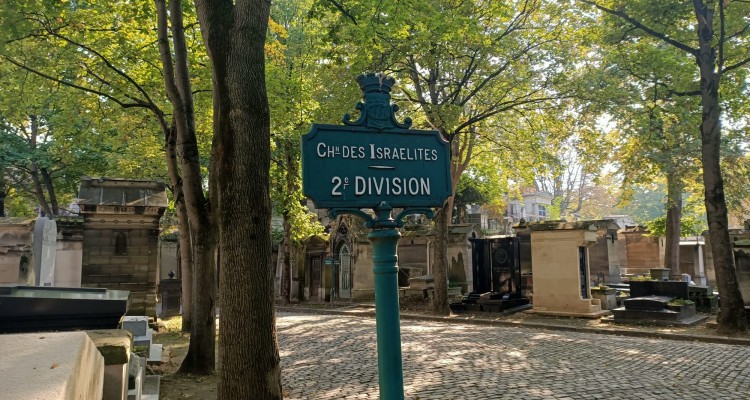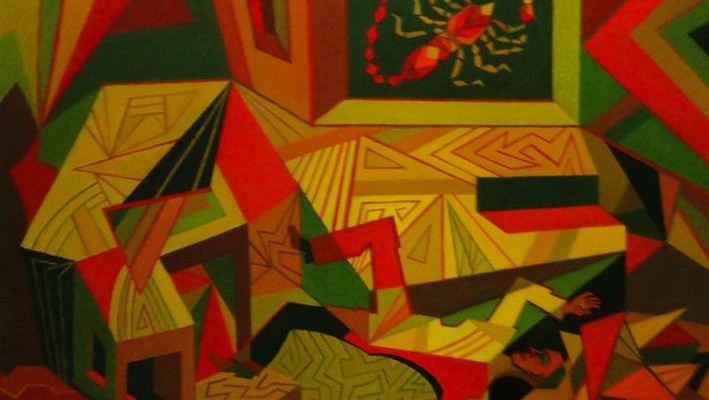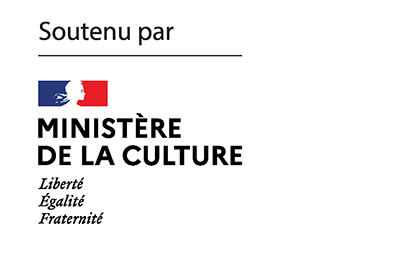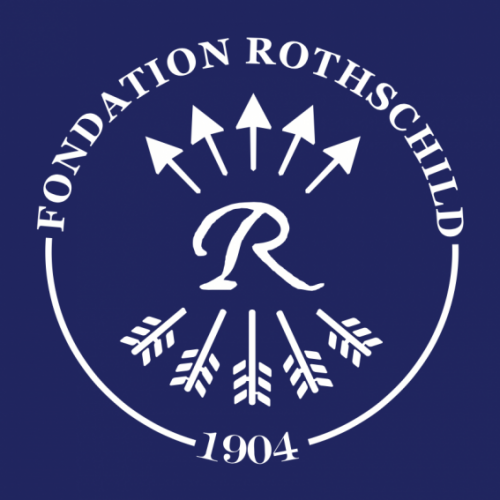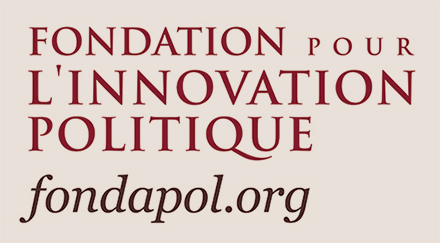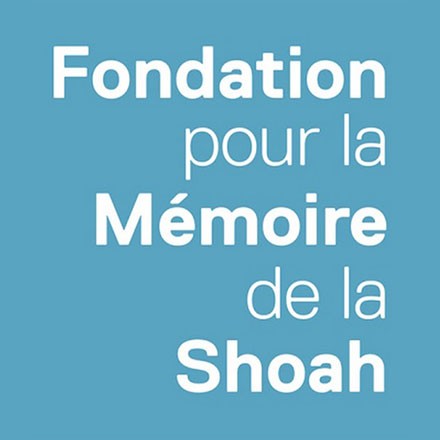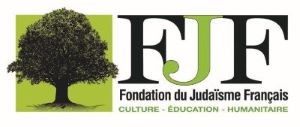A “language war” between Yiddish and Hebrew took place in Eastern Europe from the middle of the 19th century. The issue at stake was which of the two languages would be culturally hegemonic among the Jews of the East. But the Holocaust and the birth of a state for the Jews settled the issue: the Yiddish people disappeared in the turmoil and the state for the Jews made modern Hebrew flourish. The Yishuv and then the State of Israel banished all the languages of the migrants, including Yiddish, especially Yiddish, which was considered the lingo of the exile. And the latter declined, almost to extinction. Almost. It still survives, on the margins, in Orthodox circles. And its flame is kept alive at university, as well as in the Yung Yiddish, that “secret shelter of Yiddish” in Israel as Danny Trom calls it. Both a huge library and a performance space, this place created by Mendy Cahan almost clandestinely animates the spirit of Yiddish, without reviving the language war.
Another figure who also balances between extinction and the desire for renewal is presented to us this week in K. In France, “l’israélite” was a form of integration of French Jews into the nation that the policies of the Vichy Regime rendered obsolete. In today’s France, one no longer speaks of “Israélite” except in the language of far-right polemicist Eric Zemmour, who, in order to rehabilitate the term, completely rewrites its history. Through a tribute to Georges and Marcel Wormser, the latter recently deceased, Milo Lévy-Bruhl tells us the story of the man he calls “the last Israélite.” We read in it both the greatness of the articulation between Jew and French and its inactivity.
Back to Israel and a move to fiction for the third text proposed by K this week. Moshe Sakal, author of the novel The Diamond Setter (Other Press), offers us a short story about a writer (Ashkenazi), a literary critic (Sephardic), a urologist who has just immigrated from France – and a little black scorpion…
